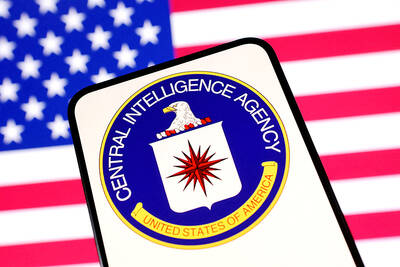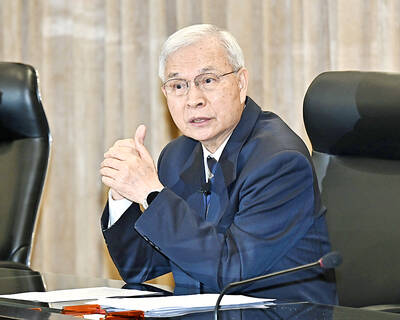The AIDS virus has been circulating among people for about 100 years, decades longer than scientists had thought, a new study suggests.
Genetic analysis pushes the estimated origin of HIV back to between 1884 and 1924, with a more focused estimate at 1908.
Previously, scientists had estimated the origin in about 1930.
AIDS wasn’t recognized formally until 1981 when it received the attention of public health officials in the US.
The new result is “not a monumental shift, but it means the virus was circulating under our radar even longer than we knew,” says Michael Worobey of the University of Arizona, one of the authors of the new work.
The results appeared in today’s issue of the journal Nature.
Researchers note that the newly calculated dates fall during the rise of cities in Africa and suggest urban development may have promoted HIV’s initial establishment and early spread.
Scientists say HIV descended from a chimpanzee virus that jumped to humans in Africa, probably when people butchered chimps. Many individuals were probably infected that way, but so few other people caught the virus that it failed to get a lasting foothold, researchers say.
But the growth of African cities may have changed that by putting lots of people close together and promoting prostitution, Worobey said.
“Cities are kind of ideal for a virus like HIV,” providing more chances for infected people to pass the virus to others, he said.
Perhaps a person infected with the AIDS virus in a rural area went to what is now Kinshasa, Congo, “and now you’ve got the spark arriving in the tinderbox,” Worobey said.
Key to the new work was the discovery of an HIV sample that had been taken from a woman in Kinshasa in 1960. It was only the second such sample to be found from before 1976; the other was from 1959, also from Kinshasa.
Researchers took advantage of the fact that HIV mutates rapidly.
So two strains from a common ancestor quickly become less and less alike in their genetic material over time. That allows scientists to “run the clock backward” by calculating how long it would take for various strains to become as different as they are observed to be.
That would indicate when they both sprang from their most recent common ancestor.
The new work used genetic data from the two old HIV samples plus more than 100 modern samples to create a family tree going back to these samples’ last common ancestor. Researchers obtained various answers under various approaches as to when that ancestor virus appeared, but the 1884-to-1924 bracket is probably the most reliable, Worobey said.
The new work is “clearly an improvement” over the previous estimate of around 1930, said Anthony Fauci, director of the National Institute of Allergy and Infectious Diseases in Bethesda, Maryland.

The CIA has a message for Chinese government officials worried about their place in Chinese President Xi Jinping’s (習近平) government: Come work with us. The agency released two Mandarin-language videos on social media on Thursday inviting disgruntled officials to contact the CIA. The recruitment videos posted on YouTube and X racked up more than 5 million views combined in their first day. The outreach comes as CIA Director John Ratcliffe has vowed to boost the agency’s use of intelligence from human sources and its focus on China, which has recently targeted US officials with its own espionage operations. The videos are “aimed at

STEADFAST FRIEND: The bills encourage increased Taiwan-US engagement and address China’s distortion of UN Resolution 2758 to isolate Taiwan internationally The Presidential Office yesterday thanked the US House of Representatives for unanimously passing two Taiwan-related bills highlighting its solid support for Taiwan’s democracy and global participation, and for deepening bilateral relations. One of the bills, the Taiwan Assurance Implementation Act, requires the US Department of State to periodically review its guidelines for engagement with Taiwan, and report to the US Congress on the guidelines and plans to lift self-imposed limitations on US-Taiwan engagement. The other bill is the Taiwan International Solidarity Act, which clarifies that UN Resolution 2758 does not address the issue of the representation of Taiwan or its people in

US Indo-Pacific Commander Admiral Samuel Paparo on Friday expressed concern over the rate at which China is diversifying its military exercises, the Financial Times (FT) reported on Saturday. “The rates of change on the depth and breadth of their exercises is the one non-linear effect that I’ve seen in the last year that wakes me up at night or keeps me up at night,” Paparo was quoted by FT as saying while attending the annual Sedona Forum at the McCain Institute in Arizona. Paparo also expressed concern over the speed with which China was expanding its military. While the US

SHIFT: Taiwan’s better-than-expected first-quarter GDP and signs of weakness in the US have driven global capital back to emerging markets, the central bank head said The central bank yesterday blamed market speculation for the steep rise in the local currency, and urged exporters and financial institutions to stay calm and stop panic sell-offs to avoid hurting their own profitability. The nation’s top monetary policymaker said that it would step in, if necessary, to maintain order and stability in the foreign exchange market. The remarks came as the NT dollar yesterday closed up NT$0.919 to NT$30.145 against the US dollar in Taipei trading, after rising as high as NT$29.59 in intraday trading. The local currency has surged 5.85 percent against the greenback over the past two sessions, central